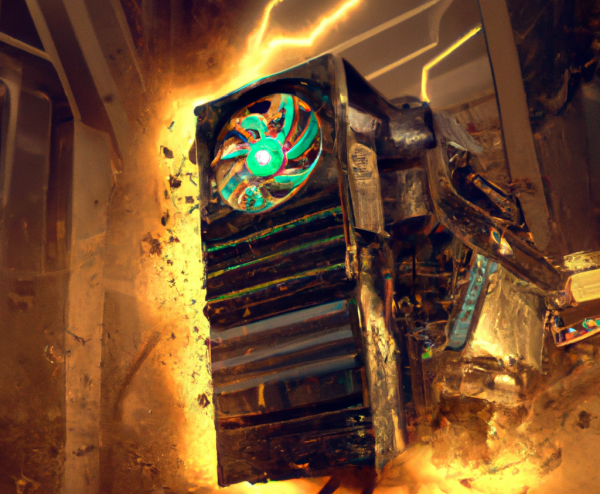
The August 2023 PC Updater News is out. Why businesses not preparing to use AI are going to be out-competed, and an AI Glossary. And just what is an AI Hallucination, anyway?

The August 2023 PC Updater News is out. Why businesses not preparing to use AI are going to be out-competed, and an AI Glossary. And just what is an AI Hallucination, anyway?

Is that email in your morning flood of junk a phish? Or a trojan horse? It is frequently both, as phishing results in the trojan horse being allowed to deliver a load of Greek Soldiers. Or usually malware installation links and scripts. Read more in the July PC Updater News, free.

The June newsletter is out, and explains why backups aren’t enough any more; you need backups that go back multiple months, to protect yourself from long-hiding ransomware, accidental file deletions, employee sabotage, lightning strikes, and hardware failures. They’re not all the same threats, and the backup approaches need redundancy and flexibility to put everything back as it was before a disaster. June PC Updater News